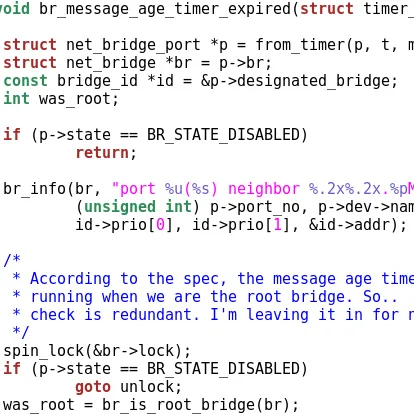Magenta Pairs Linux With Darwin/BSD, Is Like iOS

The Project Magenta site describes itself as, "Magenta is an implementation of Darwin/BSD on top of the Linux kernel. It is made up of a number of kernel and userland components that work together. It is fully binary compatible with iPhone OS 5.0 (as in, it uses the same binary format)."
But before you get too excited thinking you're going to run Apple iOS applications on this operating system that's using the Linux kernel, that's not quite the case. While Magenta is binary compatible with iOS 5.0, it doesn't have all of the available frameworks that iOS/OSX does that most applications end up relying upon.
The project's creator though does have an end-goal of eventually reaching iOS 1.0 compatibility... Yes, the original iPhone OS. "All libraries are compiled for vanilla Darwin, so nothing is compiled for Linux. The only exception is libC (which resides inside the dynamic linker) as it serves as the main bridge between the userland and the kernel. The final goal is probably recreating the iPhone OS 1.0 stack. I think this is a pretty feasible goal, considering the fact that there are so many open source libs that can be used to replace the proprietary libs used by Apple."
Project Magenta is only targeting ARMv7 (at least for now) and thus there's no x86 support. The code for all of this work is open-source. The Magenta OS project right now is being developed by a single woman at this point. Find out more information on the platform from this web-page while the source-code is here. The source includes a patch for Linux/Mach to the Linux 2.6.37 kernel, the ARMv7 Core/Linker, libm for ARMv7, Objective-C 4.0 run-time library, Veronica as a simple start-up daemon using the CoreFoundation, and the CoreFoundation framework itself for ARMv7.
31 Comments

